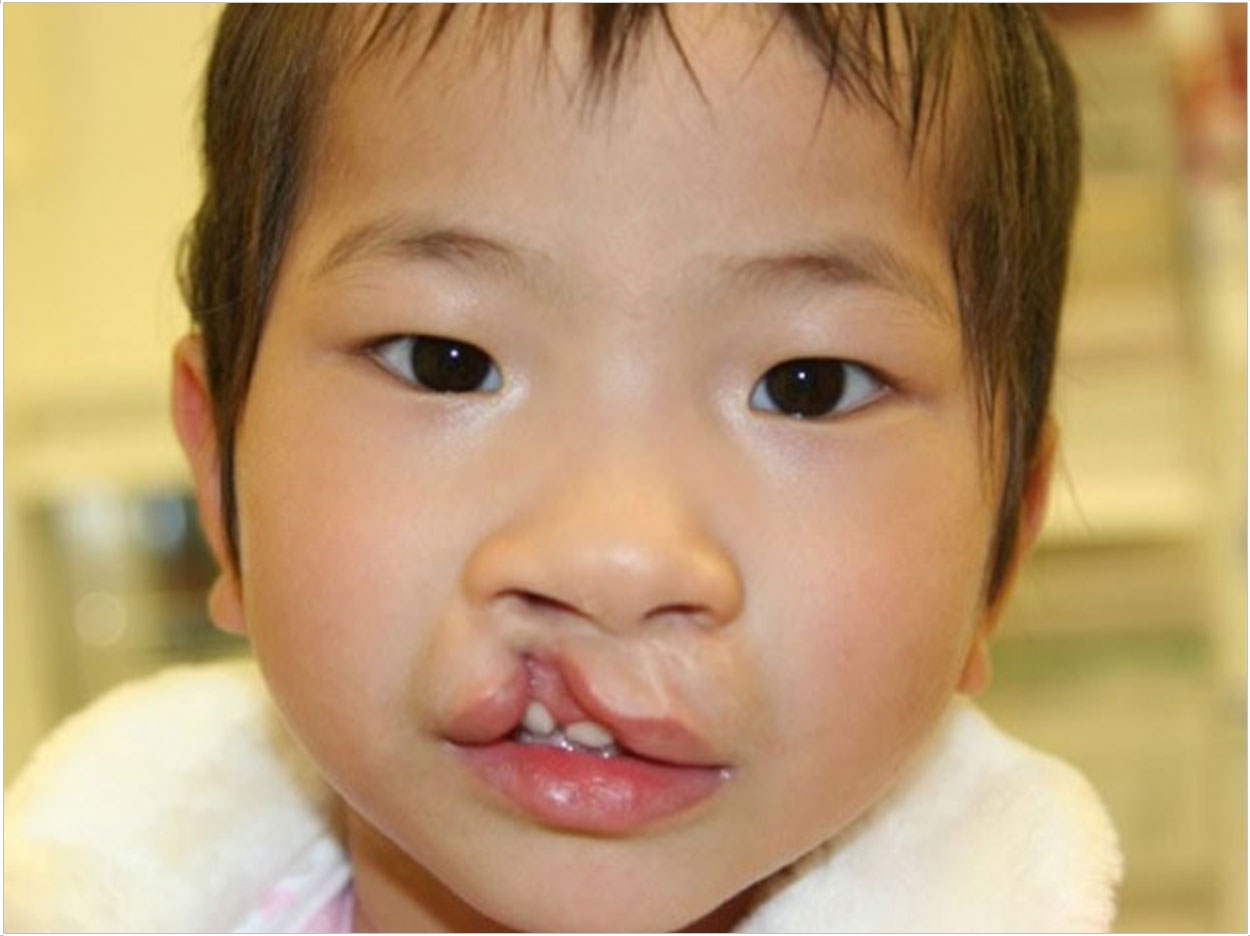
Researchers from Newcastle University in the United Kingdom and the University of Bonn in Germany have found that variants near a gene called GREM1 significantly increase the risk for cleft lip and palate. This discovery, the researchers hope, could lead to medical approaches in preventing the disfiguring condition.
“This is very important in this research area as it helps to decipher the complex interplay between genes required for the different steps and in different tissues during lip and palate development,” said Dr. Heiko Peters of Newcastle University’s Institute of Genetic Medicine and senior author of the study.
The researchers analyzed genetic and clinical data from 3 large patient cohorts and identified a strong association between a region on chromosome 15 and cleft lip and palate. Next, they studied mice to investigate where GREM1 is normally active in facial development and how alterations in the gene’s activity may affect the lip and palate.
The increased activity of GREM1 causes the condition, the researchers reported, not the loss of its function. It is the second gene that has been shown to have a link to a condition in which a cleft of the lip and a cleft of the secondary palate occur together.
“These findings provide a framework for further analyses of GREM1 in human cell systems and model organisms, broadening our understanding of the processes that regulate the face’s shape,” said Peters.
About 250,000 babies are born with a cleft lip each year. It is not life threatening for patients with access to postnatal surgery, but it does require care from specialists including ear, nose, and throat experts, orthodontists, and speech therapists. Dental issues, speech problems, ear infections, and hearing loss all may result.
Scientists only have a fragmented picture of which genes are required for lip and palate development and how environmental factors might interact with genetic risk factors. To establish effective prevention strategies, scientists must identify genetic risk factors and understand how gene-gene and gene-environment interactions interfere with lip and palate development.
As the use of personalized medicine increases, understanding how genetic changes alter fetal development will become increasingly relevant. This is particularly important for conditions such as cleft lip and palate that appear to be caused by a combination of genetic and environmental factors such as smoking and medication. Further studies will identify the genes and environmental factors that interact with GREM1.
“The families we meet in genetic clinics on a daily basis generally have 2 common questions,” said Dr. Laura Yates, a consultant in clinical genetics at Newcastle upon Tyne Hospitals National Health Service Foundation Trust. “Firstly, what is the cause of the developmental anomaly affecting their child or themselves, and secondly, can it be treated or prevented in future pregnancies?”
These studies contribute key data that enable clinicians to give patients answers that are relevant to them and their family, not just statistics, Yates said. They also should help scientists identify the genetic changes that increase the chance of a particular form of cleft lip and palate re-0ccuring in a family, she added, eventually reducing the chance of these conditions happening in individuals who have this genetic change.
The study, “Meta-analysis Reveals Genome-Wide Significance at 15q13 for Nonsyndromic Clefting of Both the Lip and the Palate, and Functional Analyses Implicate GREM1 As a Plausible Causative Gene,” was published by PLOS Genetics.
Related Articles
Genetic Roots of Cleft Lip and Palate Investigated
Tooth Germs Sprout New Teeth in Mice
New Study Indicates Dental Treatment with Anesthesia Is Safe During Pregnancy












